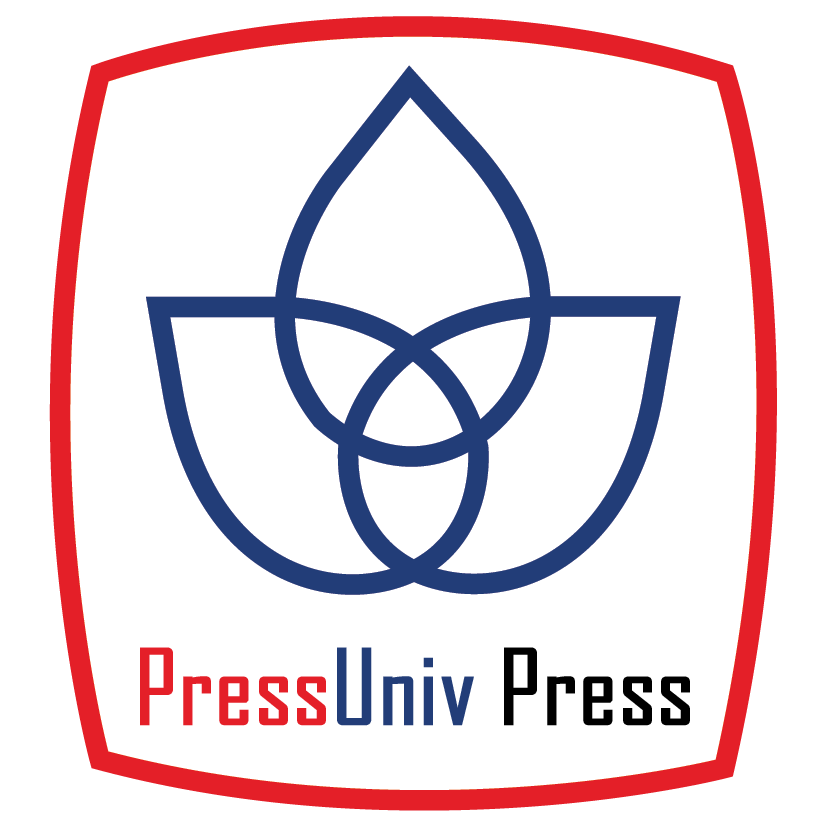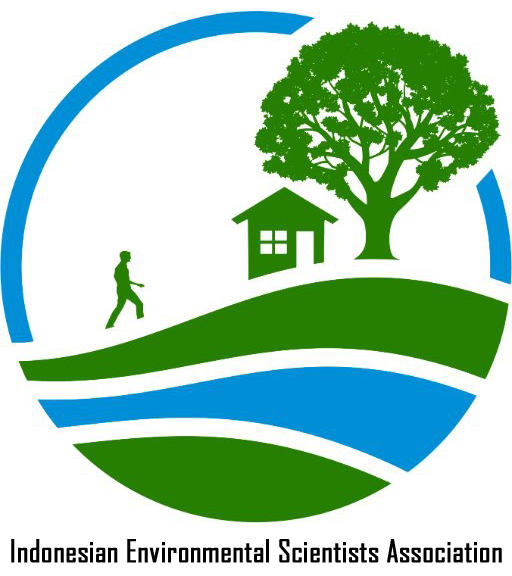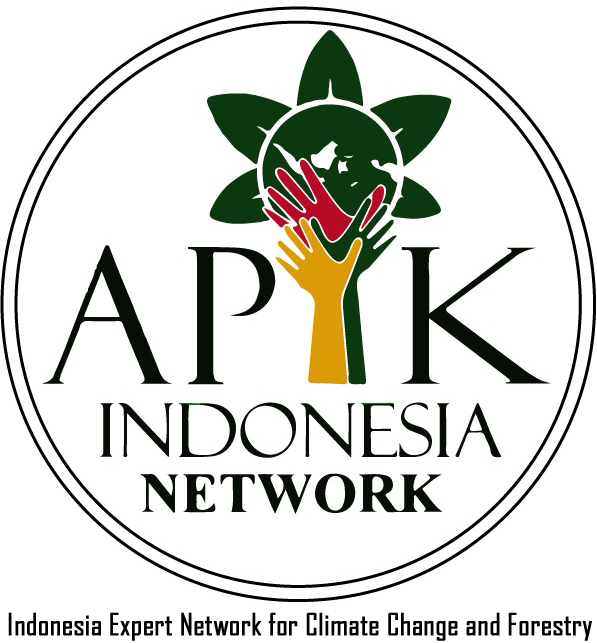PENENTUAN KUOTA EKSPORTIR JENIS KULIT SANCA BATIK (Python reticulatus Scheider 1801) DI INDONESIA
Abstract
Trade of reptiles in regional and international have been increased every year. The trade of reptileswas three divided, that is pet reptile, consumption reptile and reptile skin. The trade of skin reptile was greater than pests, because the skin of reticulated python is the most popular and to be excellent among exporters. Quotas export is all of number of quota exporter should be traded by exporter to international. This study aimed to identify of key variables exporter and formulation of calculation quota exporters of reticulated python. The methods used in this research were examination of administrative documents exporters and direct observation to the enclosure to 44 exporter skin of phyton reticulated. The key variables have corelate with the calculation of quota exporter are export realization ofthe previous year (X1), labor (X2), crusted product (X4), investment value (X5), yield (X6), PNBP (X7), state of export (X8), time of realization (X9), conservation activities (X10), chemicals (X11), and electricity (X12). Based on the analysis of linier regression formula obtained quota determination exporter: Y = 2.001 + 0.002 X3 + 0.072 X4 + 0.080 X5 + 0.030 X6 – 0.384 X9 + 0.059 X10. The result of regression equation of adjusted R square is 0.916. It means that the quation of regression linear is 91.6% for calculation of quotas as it could be explained by finished product, products crusted, yield, investment, time of realization and conservation activities, while 8.4% is explained by variables that are not included in of this research. Variables were positively related to the calculation of export quotas include finished product (X3), product crusted (X4), investments (X5), yield (X6), and conservation activities (X10), while the variables that have a negative relationship is time of realization ( X9).
Keywords
Full Text:
PDFReferences
[Dit. KKH] Direktorat Konservasi Keanekaragaman Hayati. (2014). Hasil COP 16 Sebuah Capaian Indonesia Dalam Konvensi International Bidang KKH. Jakarta: Kementerian Kehutanan.
Amaliah N. (2012). Status ekspor ular kobra (Naja sputatrix), ular sanca batik (Python reticulatus), dan ular jali (Ptyas mucosus) Indonesia [tesis]. Jogjakarta: Universitas Gadjah Mada.
Fauziah A, Sofyan. (2014). Pengaruh jumlah tenaga kerja, ekspor, investasi, dan kredit perbankan sektor pertanian terhadap Produk Domestik Regional Bruto (PDRB) sektor pertanian Provinsi Aceh. Jurnal Agisep, 15(2): 36-44.
Fikri A, Niranda. 2014. Analisis Resiko Penjualan Usaha Reptil [skripsi]. Bogor (ID): Institut Pertanian Bogor.
Firdaus M. (2004) Ekonometrika Suatu Pendekatan Aplikatif. Jakarta: Bumi Aksara.
Hartono ME, Setyowati MP. (2009). Hubungan insentif pajak dengan iklim investasi bagi Perusahaan penanaman modal asing di sektor industri tekstil di Indonesia. Jurnal Ilmu Administrasi dan Organisasi, 16(1):8-12.
Iriawan N, Astuti SP. (2006) Mengolah Data Statistik Menggunakan Minitab 14. Yogyakarta: ANDI Yogyakarta
Nainggolan K. (2015). Karakteristik panenan ular sanca batik (Python reticulatus) di Sumatera Utara [tesis]. Bogor: Institut Pertanian Bogor.
Oktaria R. (2009). Analisis faktor-faktor yang mempengaruhi permintaan ekspor tekstil dan produk tekstil TPT Indonesia [skripsi]. Bogor: Institut Pertanian Bogor.
Rustiono D. (2008). Analisis pengaruh investasi, tenaga kerja, dan pengeluaran pemerintah terhadap pertumbuhan ekonomi di Propinsi Jawa Tengah [tesis]. Semarang: Universitas Diponegoro.
Santoso BE, Martoyo T, Bahri S. (2009). Development of new rendemen formula as an effort to control the performance of sugar factory. Journal for Technology and Science, 20(1): 37-44.
Sukirno S. (2000). Makro ekonomi Modern: Perkembangan Pemikiran Dari Klasik Hingga Keynesian Baru. Jakarta: Raja Grafindo Pustaka.
Suryanto TH. 2009. Optimalisasi ekspor tekstil dan produk tekstil Indonesia ke Amerika Serikat melalui penerbitan Surat Keterangan Asal (SKA) periode tahun 2008 (studi kasus pada Dinas Perindustrian dan Perdagangan Kota Surakarta) [skripsi]. Surakarta: Universitas Sebelas Maret.
Sutisna H, Hubeis AVS, Syamsum M. 2014. Peran human capital, corporate value, dan good corporate governance. Jurnal Manajemen IKM, 9(2):131-139.
Wiryani H, Achsani NA, Baga LM. 2013. Pemetaan resiko di industri penyamakan kulit dengan pendekatan enterprise risk management. Jurnal Manajemen dan Agribisnis, 10(1): 50-59.
DOI: http://dx.doi.org/10.33021/jenv.v1i2.121
Copyright (c) 2017 Eka Nurmalasari, Yanto Santosa, Nandang Prihadi

This work is licensed under a Creative Commons Attribution-ShareAlike 4.0 International License.
Journal of Environmental Engineering and Waste Management Published by PresUniv Press, in collaboration with IESA and APIK Indonesia Network




